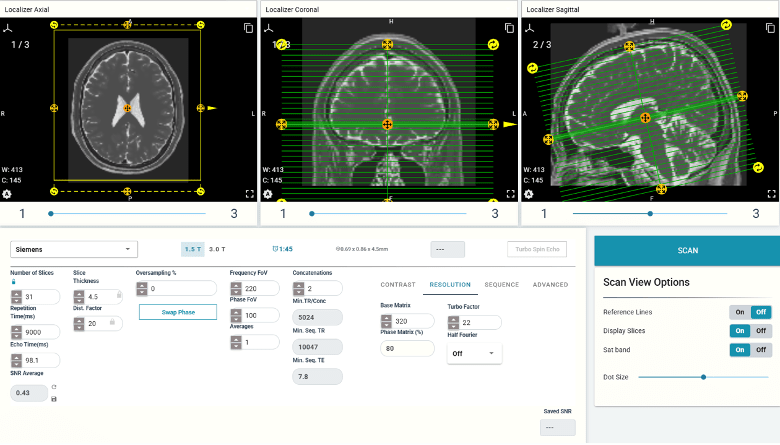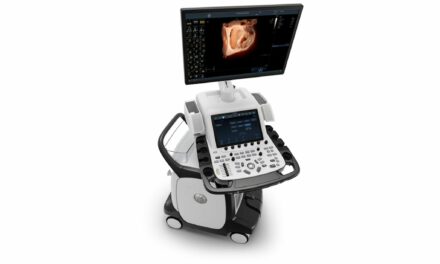The new feature for the company’s simulation software is designed to provide a more accurate way for technologists to understand and optimize MRI image quality.
ScanLabMR has introduced a new Signal-to-Noise Ratio (SNR) Calculator for its MRI simulation and education software. The feature is intended to give MRI technologists, radiologists, and educators a more reliable method for understanding and optimizing image quality.
According to the company, SNR calculators currently provided by MRI manufacturers often offer only partial calculations and don’t account for complex variables, such as the composition of various tissues within an imaging slice. This can lead to a misunderstanding of SNR in clinical practice.
ScanLab’s SNR Calculator is designed to overcome these limitations by prospectively calculating the true SNR outcome based on a user’s prescribed slices. This allows users to estimate SNR outcomes before performing a scan, enabling them to explore parameter changes and understand trade-offs between image quality and scan time in a risk-free learning environment.
A Tool for Education and Image Optimization
“Accurate SNR modeling is a crucial step toward advancing MRI education and clinical practice because it has never been done accurately before,” says Matthew Hayes, president and creator of ScanLabMR, in a release. “….Our mission is to give MRI professionals the tools they need to take ownership of image optimization and deliver the highest quality of care.”
The company states the SNR Calculator is being included in all existing licenses at no extra charge. By making the tool available to all current users, ScanLab aims to keep its training technology accessible for students, technologists, and radiologists.
The new feature is positioned to help training programs and hospitals teach skill development, allowing learners to experiment with protocol adjustments virtually. ScanLab notes this empowers MRI professionals to move beyond vendor presets and take greater control of image optimization.
Photo caption: SNR generated prior to scan
Photo credit: ScanLabMR





